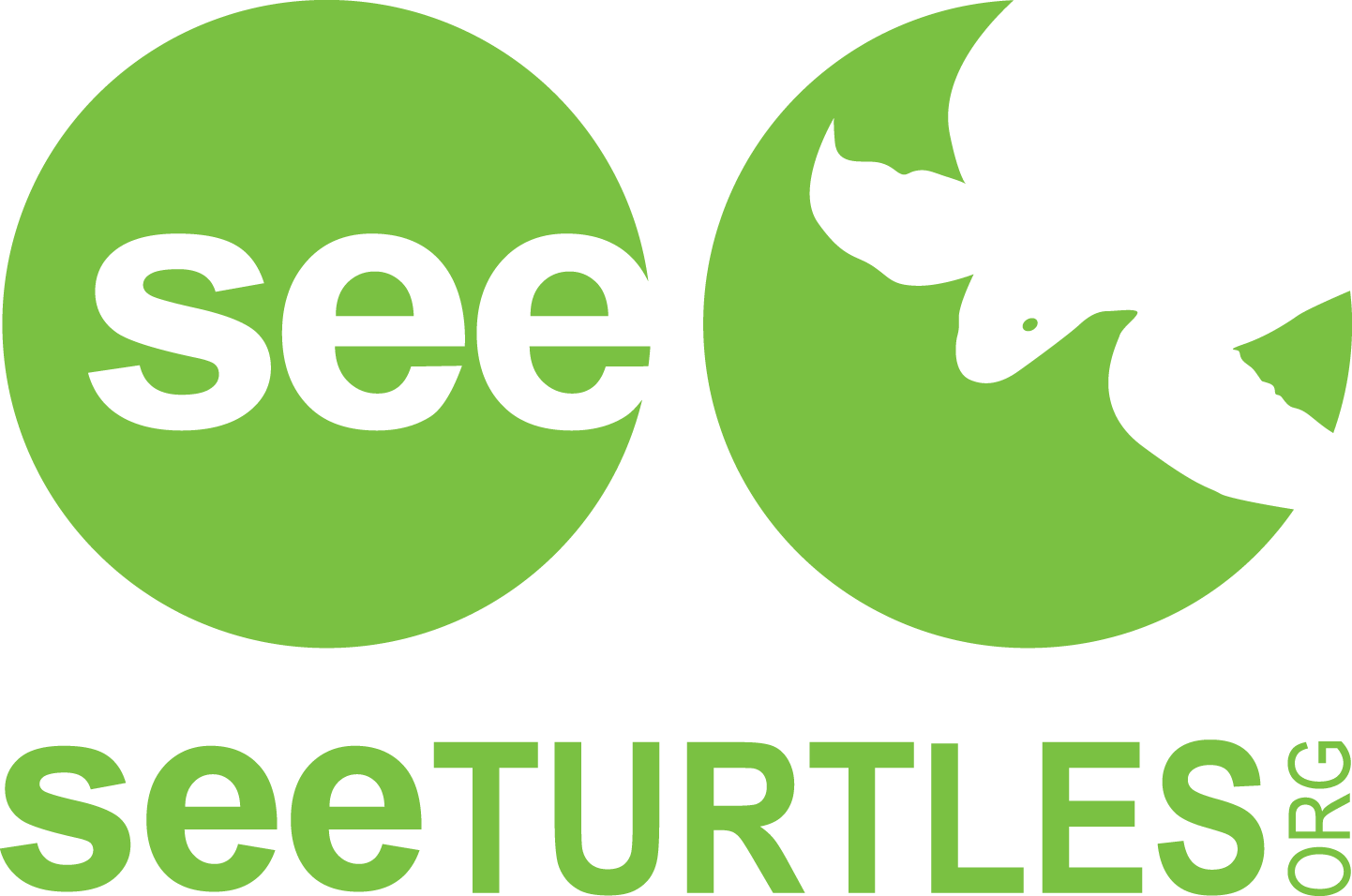
All About Sea Turtles
What is a sea turtle?
Sea turtles are ocean-dwelling reptiles that live and travel across the entire planet. They are related to but a different family of turtles than those that live on land and in freshwater. There are 7 species of sea turtles: leatherbacks, green turtles, hawksbills, loggerheads, olive ridleys, Kemp’s ridleys, and flatbacks. These animals have been around for more than 100 million years and live in every ocean except the polar seas (though leatherbacks can be found pretty far north).
What type of animal is a sea turtle?
Sea turtles are reptiles, part of the same class as snakes, lizards, crocodiles, and others. They share similar characteristics to these other reptiles including laying eggs, breathing air, having scales, and being ecothermic (also known as “cold blooded.)
What is the habitat of a sea turtle?
Marine turtles live in different parts of the ocean primarily in tropical and sub-tropical regions, including nearshore habitats and open ocean (pelagic). They can be found in coral reefs, seagrass beds, and of course on beaches, where they nest and are born as hatchlings before they enter the ocean.
Where do sea turtles live?
Sea turtles during their life cycle typically migrate between their foraging and nesting grounds, as well as to warmer waters during certain seasons. These migrations often span hundreds or even thousands of miles. Nesting occurs in tropical and subtropical regions worldwide. Both male and female sea turtles travel to nesting sites to breed, usually returning to the same area where they were born.
How do sea turtles mate?
Depending on the species, adult sea turtles reach sexual maturity 10 to 50 years after hatching and become capable of mating. Once mature, they migrate to beaches worldwide to lay their eggs. The males mount the females using their long tails which are their sexual organ. Male sea turtles have nails on their front flippers to allow them to latch onto females. Once the male has mounted the female, their tail deposits sperm into the female’s cloaca, which is on their tail. Females are able to store the sperm from several male turtles so that the paternity of hatchlings is mixed among different males, a way to increase the genetic diversity of the hatchlings.
How many sea turtles are left?
We’re not totally sure! It’s very difficult to count animals that only live in the ocean, especially when the male turtles almost never come onto land. So we count the females that come out to nest as a way to get an idea of the total population but we can’t count all of them that nest, so we can only estimate the size of the populations.
Of the seven species, these are the most recent estimates of how many adults turtles there are (in order of the largest population), according to the paper Global Conservation Priorities for Marine Turtles (Wallace et al) published in 2011. More information can be found in this article in State of the World’s Turtles.
Olive ridleys: between 558,000 and 5,600,000 (midpoint is 4,618,000)
Green turtles: between 245,000 and 1,759,000 (midpoint is 1,002,000)
Leatherbacks: between 133,000 and 1,289,000 (midpoint is 426,000)
Loggerheads: between 91,000 and 536,000 (midpoint is 91,000)
Hawksbills: between 30,000 and 83,000 (midpoint is 57,000)
Flatbacks: between 7,000 and 69,000 (midpoint is 23,000)
Kemp’s ridleys: between 3,000 and 25,000 (midpoint is 21,000)
Global Estimated Total: between 1,067,000 and 9,361,000
What would happen if sea turtles went extinct?
Sea turtles are important animals for the habitats where they live, known as keystone species. If they were to disappear, it would impact many other species of plants and animals. Going extinct would affect their predators, who would lose an important source of food, including many species of birds, fish, crabs, and mammals like raccoons. Also affected would be the things turtles prey on, such as jellyfish, sea sponges, and crustaceans like lobsters, crabs, and urchins. Green sea turtles play an important role by grazing seagrass, which can help keep it healthy.
Do people eat sea turtles?
Yes, in many places, people do eat sea turtles today. While this has declined significantly worldwide and has become illegal in most countries, there are exceptions for cultural practices for indigenous communities in some places, as well as legal fisheries in a handful of countries. In addition, there are some places that raise turtles for human consumption, the most well-known is the Cayman Turtle Farm in the Cayman Islands. There are also nesting beaches where collecting eggs for human use is legal under regulations. Illegal hunting of sea turtles and their eggs also occurs in many places around the world.
Sea turtle habitat facts
Green turtles feed mostly on seagrasses and algae as adults.
Sea turtle eggs can provide an important source of nutrients for coastal vegetation.
When hawksbills feed on sea sponges, they help control their population. Since sponges compete with corals for space, they help reefs thrive and grow.
Some juvenile turtles spend their lost years in the Sargasso Sea, where they can feed under cover while they grow.


